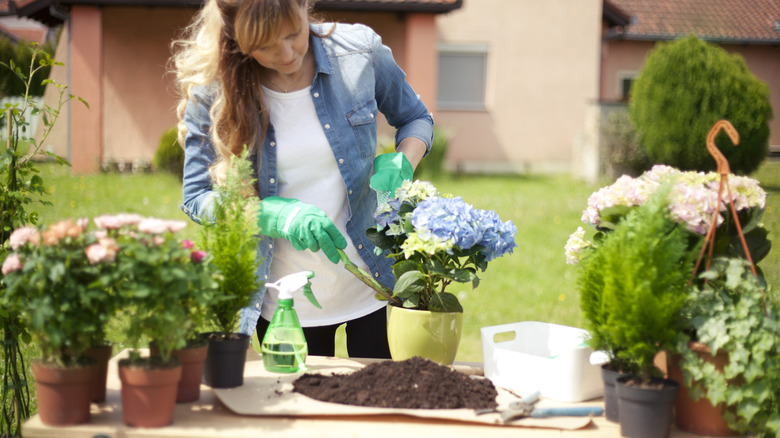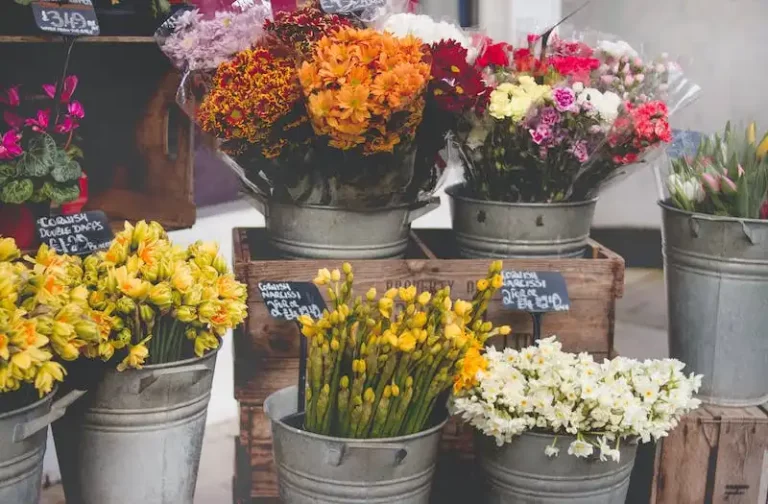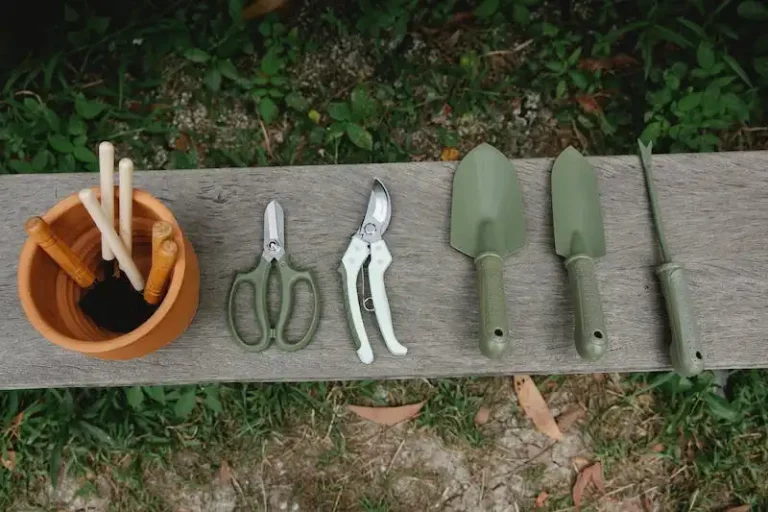While it’s true that hydrangeas are breathtakingly beautiful, you should be fully aware of the significant drawbacks of planting them in your garden. From their high-maintenance needs (to keep them from wilting) to their challenges in space and transplantation, caring for hydrangeas can be exhausting even for experienced gardeners. Adding to this list of problems is their vulnerability to pests, which can compromise the plant’s health and visual appeal.
Yet, these challenges don’t negate the exceptional benefits hydrangeas can bring to your garden. When you plant hydrangeas, you enrich your outdoor space with versatile shrubs that bloom faithfully from late spring into fall, adding a vibrant and enduring burst of color to your garden. Nevertheless, before you succumb to the siren call of hydrangeas, make sure you’re fully prepared to meet the comprehensive list of challenges they bring with them. If not managed carefully, your dream garden could easily turn into a draining project that consumes your time, energy, and resources. But, if you’re willing and able to rise to the occasion, the aesthetic and sensory rewards of having hydrangeas can be substantial indeed.
Wilting, space requirements, and transplanting challenges
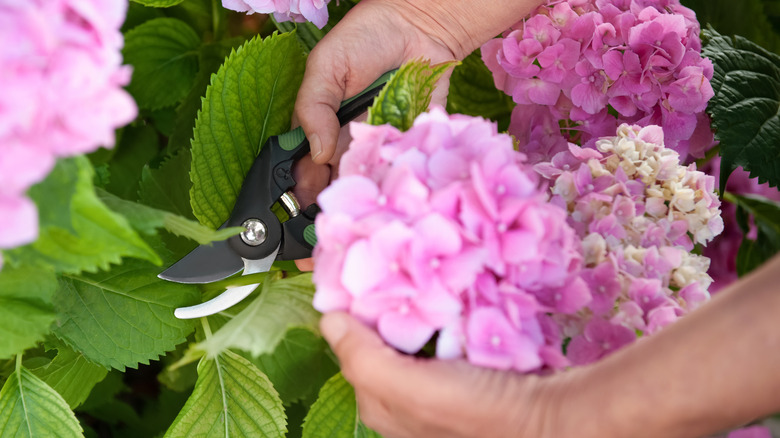
First and foremost, hydrangeas have a tendency to wilt. Their constant demand for water turns keeping them hydrated into a labor-intensive endeavor, especially during scorching, dry summers. A persistently wilted hydrangea is unlikely to thrive long-term, and its ability to produce vibrant blooms in future seasons may be compromised.
Then there’s the matter of their space requirements. Many hydrangeas have a larger-than-life persona – they grow tall and bushy, often faster than anticipated, quickly dominating a flower bed and overshadowing other plants. This rapid, expansive growth can disrupt your garden’s layout, making it look unplanned and haphazard. As a result, you’ll find yourself continually trimming back the hydrangeas or having to relocate other plants to accommodate them.
And speaking of relocation, transplanting hydrangeas is no walk in the park. If a garden redesign is on your horizon, or you want to make room for new plants, be prepared for a struggle. The extensive root system of hydrangeas makes it challenging to move without causing considerable stress. Improper or ill-timed transplanting can lead to a failure to thrive or even the plant’s death, rendering all your previous care and efforts null and void. Generally speaking, if you must transplant, aim for the fall or winter months when the plant is dormant, and avoid doing so in the summer when the plant is most vulnerable.
Pest susceptibility and variable flower color
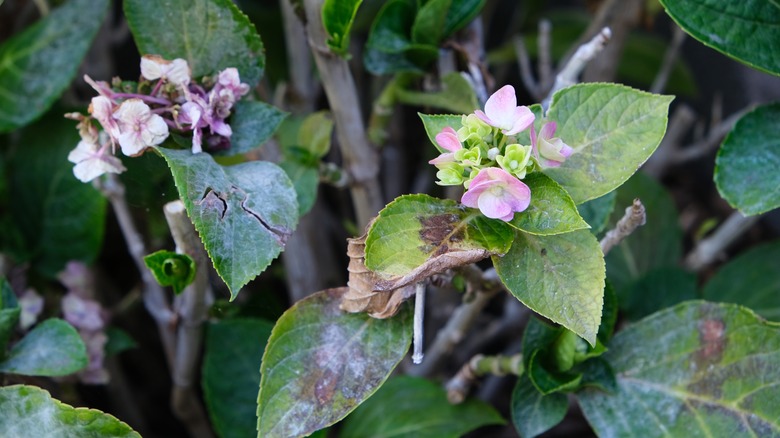
Hydrangeas are not just a feast for the eyes; they also attract various pests that can make gardening a less-than-pleasant experience. Aphids, spider mites, and Japanese beetles have a particular affinity for hydrangeas, and their presence is more than just a nuisance. These pests can cause a range of problems, from minor leaf discoloration to extensive root damage, significantly affecting the plant’s overall health and vitality. Using pesticides to combat these pests may inadvertently harm beneficial insects that help your garden thrive, upsetting the natural ecosystem and requiring further intervention.
When it comes to the color palette of your garden, hydrangeas can be a real wildcard. The color of hydrangea blooms fluctuates depending on factors such as soil pH level and aluminum availability. While the changing hues may be delightful for some, it can be an ongoing headache if you have a meticulous eye for color coordination. Vigilant soil testing is required, continually monitoring and altering the soil’s chemical makeup to sustain your chosen color. If aesthetic consistency is high on your list of gardening priorities, hydrangeas might demand more time and attention than you initially anticipated.

